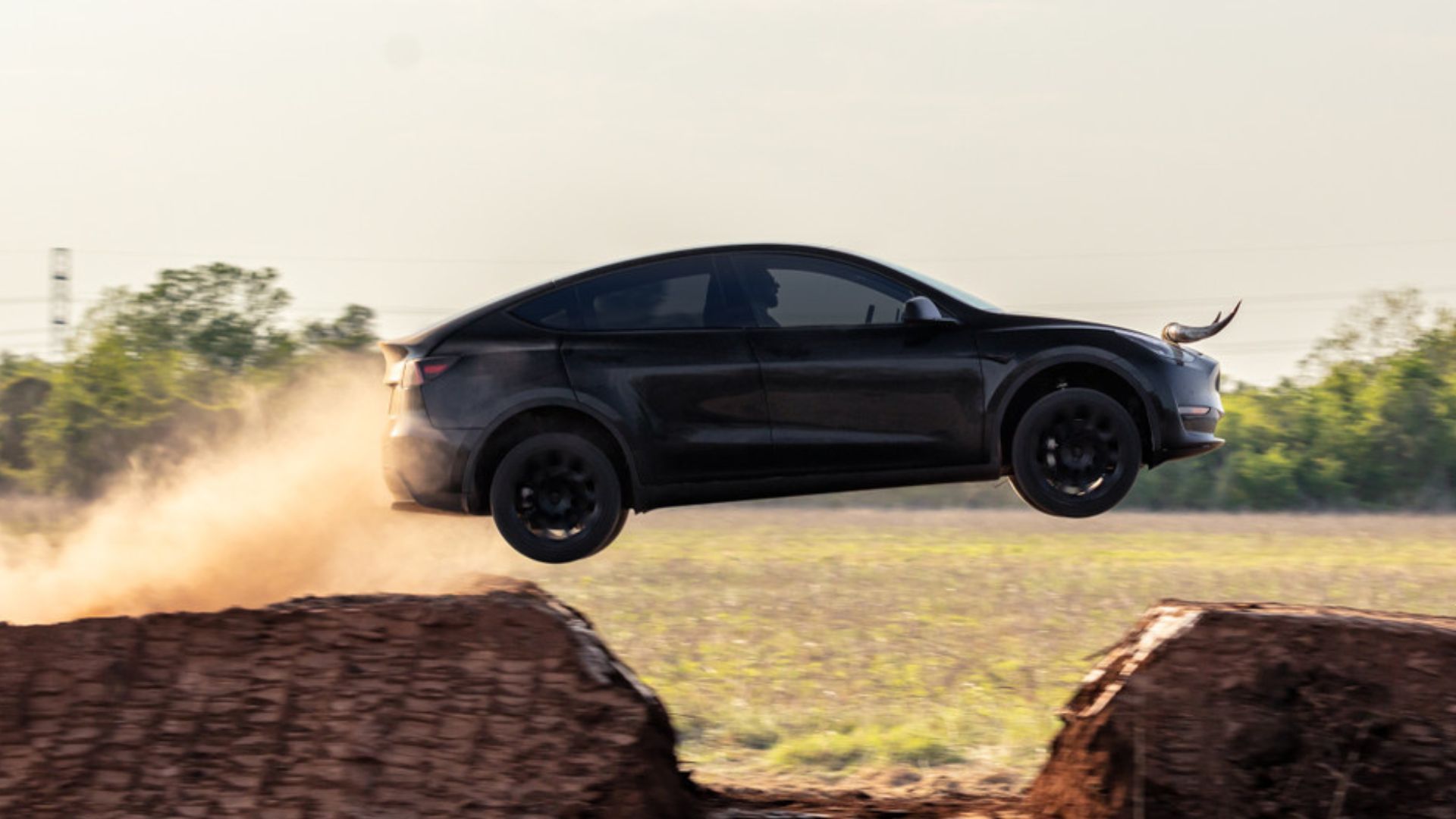What does this mean for the future of driving?
A California jury decided Tesla wasn’t at fault for a crash which the plaintiff blamed on Autopilot. It was a big victory for the American automaker, although legal opinions about its impact on future litigation related to driver assistance technologies seem mixed.
See the aftermath of a Tesla crash also blamed on Autopilot here.
The plaintiff for this lawsuit suffered a fractured jaw, nerve damage to her face, and had several teeth knocked out after her Teslas Model S hit a curb and the airbag deployed, striking her. She claimed Autopilot was engaged and was defective, as was the airbag, seeking $3 million in damages.
Tesla argued the plaintiff incorrectly used Autopilot on surface streets even though the company warns to only use it on freeways. The jury agreed with the automaker’s arguments and some jurors interviewed by Reuters said they felt driver distraction was the cause of the accident, not a failure of the technology.

We’re not too keen on self-driving features in cars because we’re driving enthusiasts. It seems like plenty of people would rather have their vehicle do most or all of the driving, though, and with how so many today are doing just about anything other than fully paying attention while behind the wheel, we have to wonder if for all those people a partially autonomous car isn’t better. Maybe then we won’t have to dodge them as they veer from their lane while sending a text to their girlfriend.
With plenty of organizations attacking Tesla over Autopilot and Full Self-Driving, claiming the technologies pose a danger to the public, this court victory seems to be giving the company a needed boost. We’re wondering how other partial autonomous drive technologies from other automakers will fare if they’re similarly targeted in court and what that means for the future of the industry.
Images via Tesla





